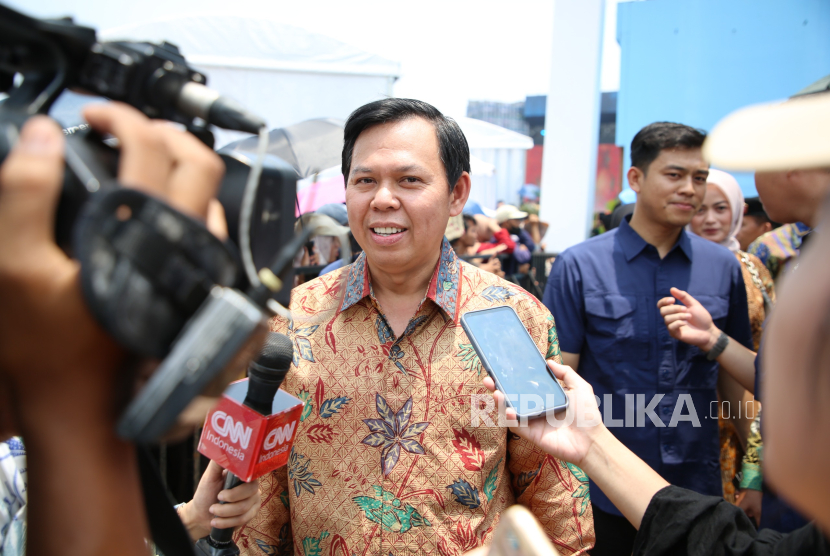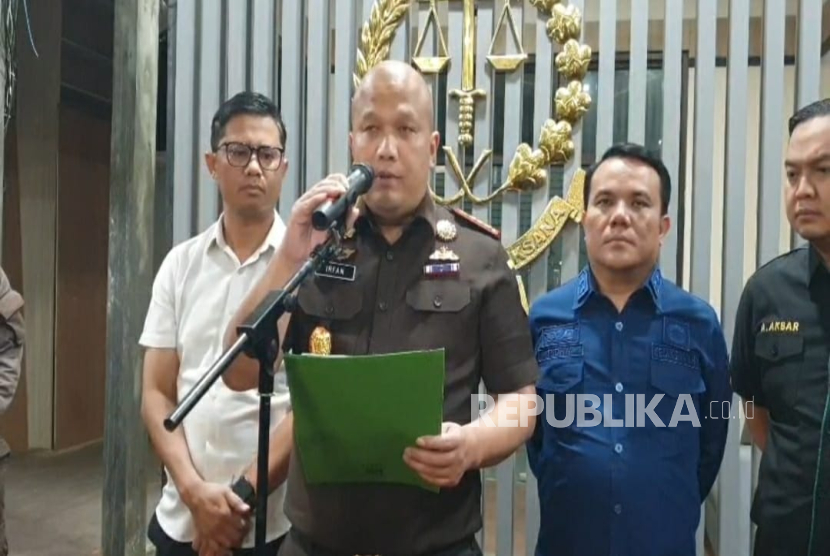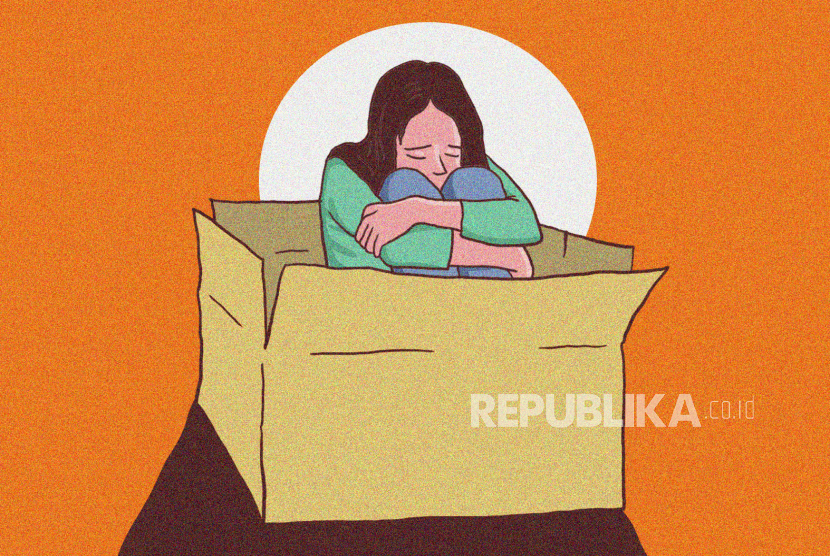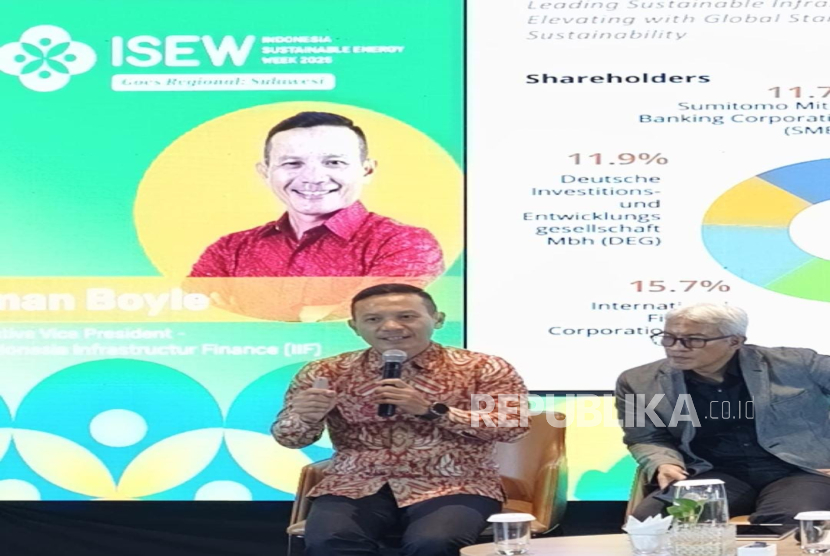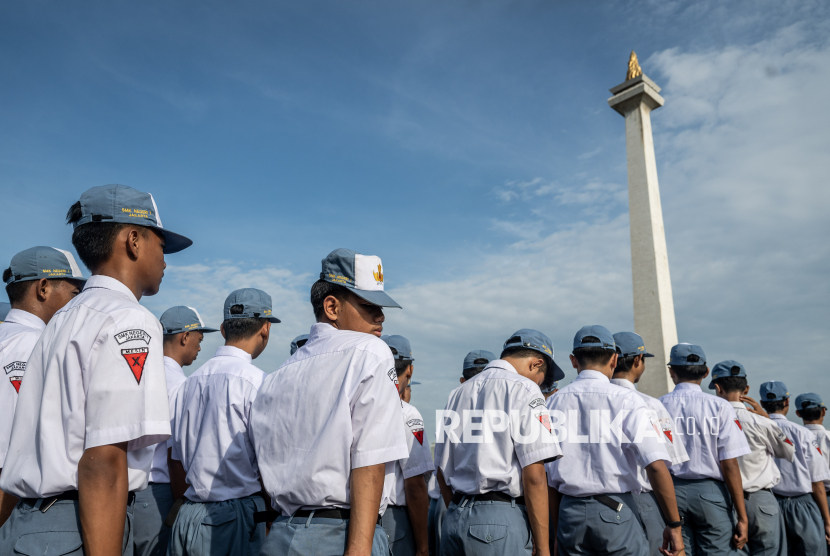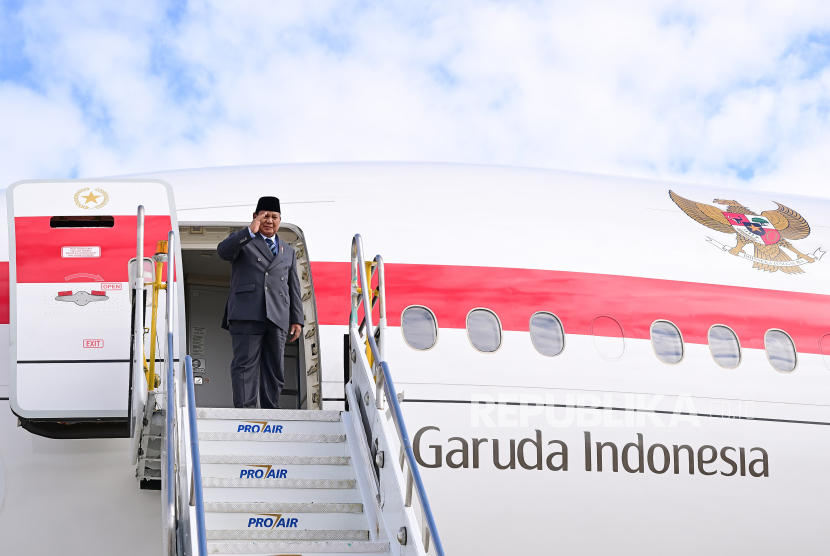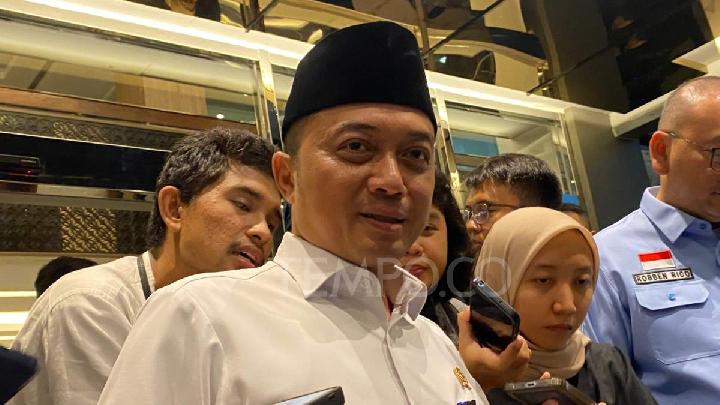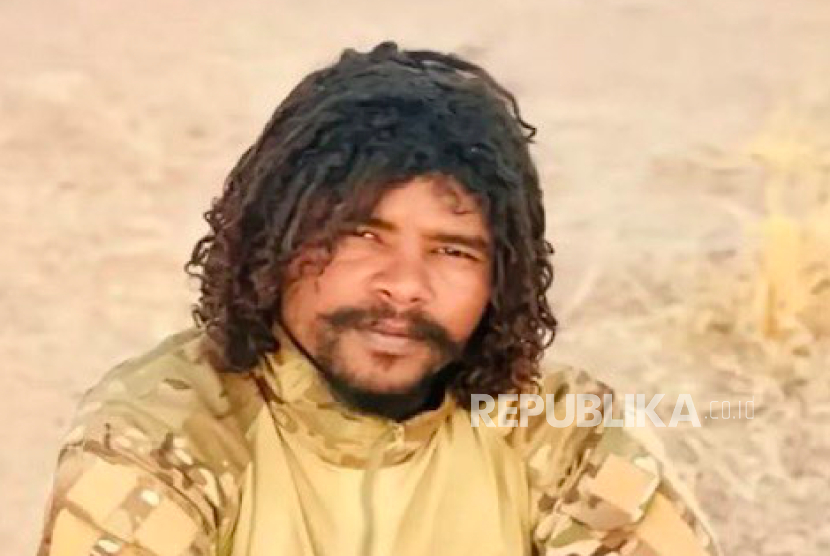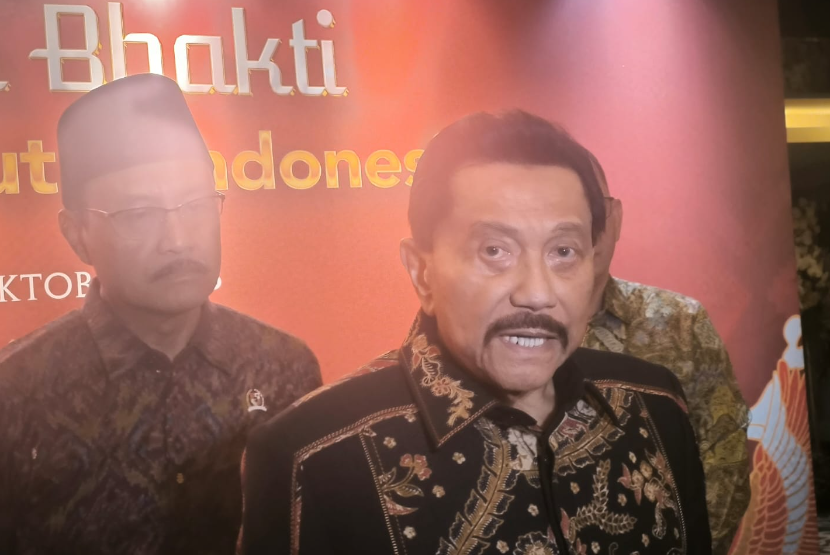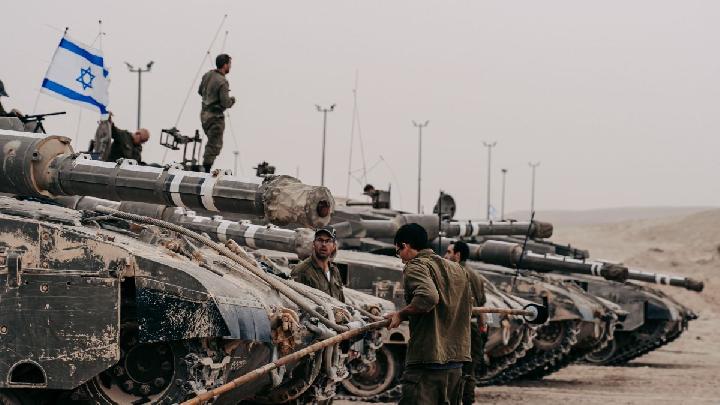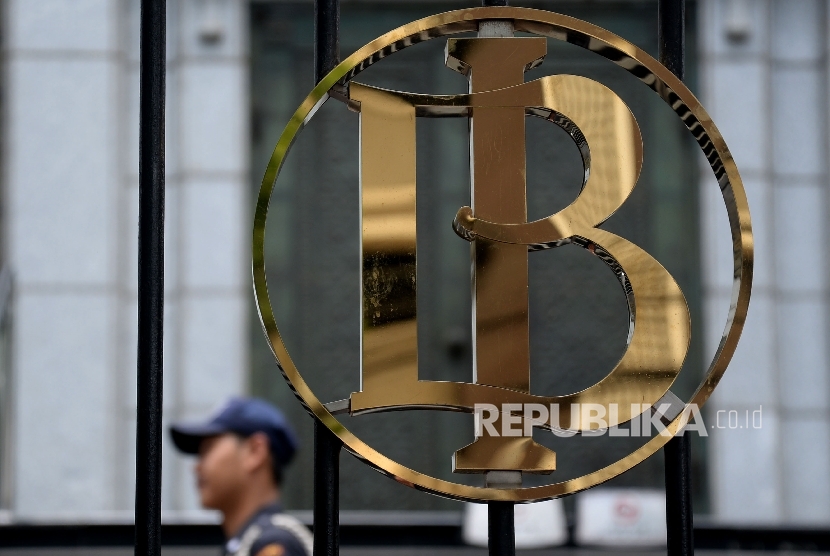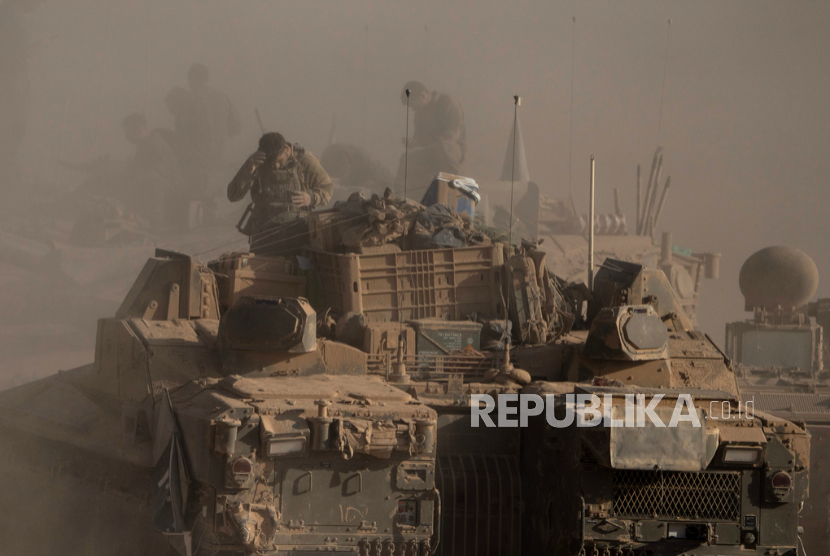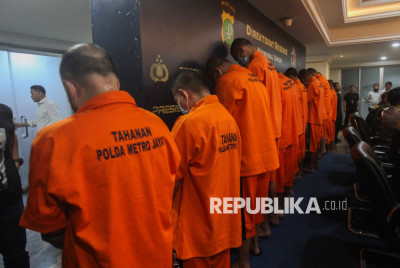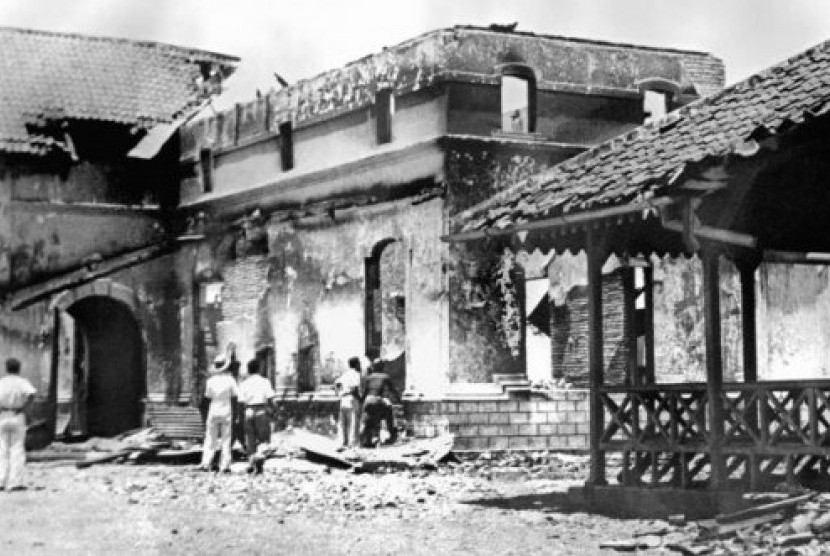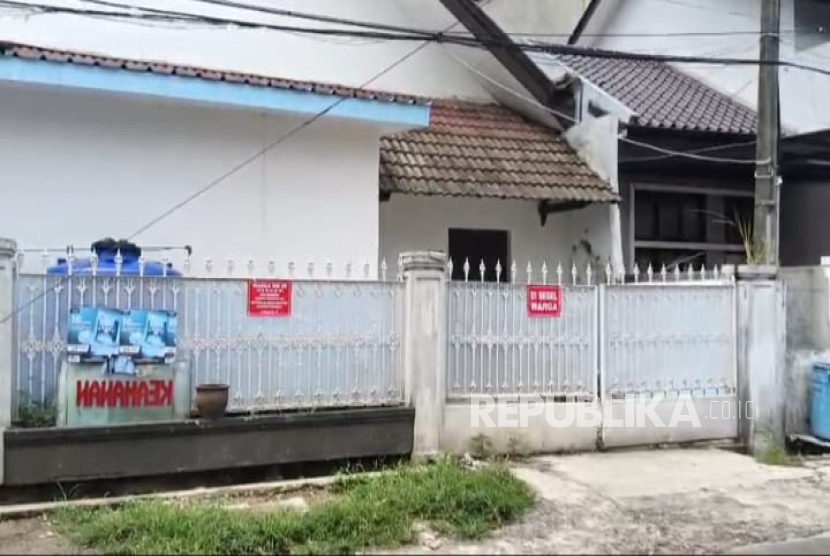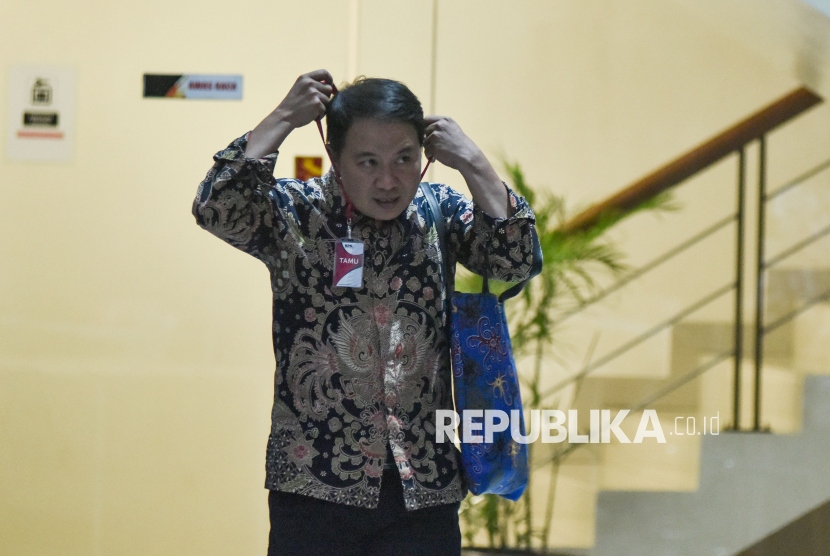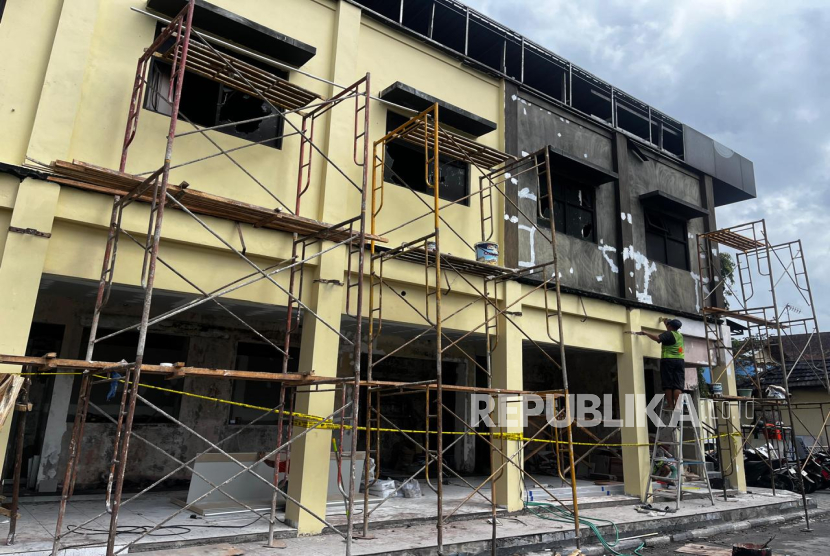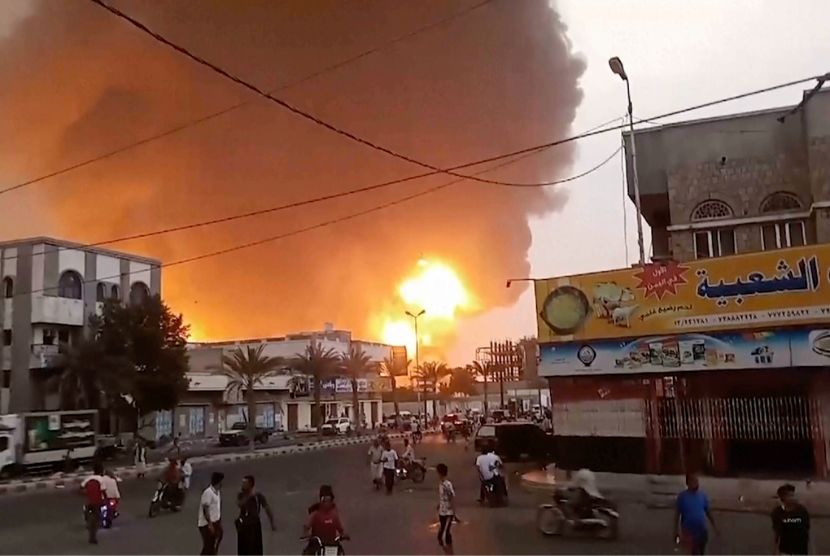TEMPO.CO, Jakarta - Nepal's Prime Minister K.P. Sharma Oli has become the latest name on the long list of world leaders ousted after nationwide protests. On Tuesday, September 9, 2025, Oli submitted his resignation letter to President Ram Chandra Paudel after widespread protests in Kathmandu, Pokhara, and Itahari.
According to a report by The Times of India, the youth-led protests erupted into riots a day earlier after the government banned 26 social media platforms. As reported by Al Jazeera, the ban included Facebook, Instagram, WhatsApp, X, and YouTube.
President Paudel accepted the resignation and formed an investigation committee, which is required to report its findings within 15 days.
In addition to PM K.P. Sharma Oli, several other leaders of other countries have also been ousted due to demonstrations.
1. Bangladesh
Bangladesh experienced political turmoil just last year. Prime Minister Sheikh Hasina resigned on Monday, August 5, 2024, after protests against the government's job quota policy spread throughout the country. According to a report by Al Jazeera, at least 280 people died and thousands were injured in clashes between security forces and civilians.
Hasina eventually flees Bangladesh by military helicopter to India, her close ally. Local media broadcasted thousands of people storming the prime minister's official residence in Dhaka while chanting and singing.
The Chief of Army Staff, General Waker-uz-Zaman, announced that an interim government would be formed soon. "I request you all to be a little patient, give us some time and together we will be able to solve all the problems," he said.
2. Sri Lanka
The worst economic crisis since independence brought Sri Lanka to the brink in 2022. According to a report by NBC News, demonstrators stormed the presidential palace on July 9, 2022, forcing President Gotabaya Rajapaksa to flee to the Maldives and then to Singapore.
On July 15, 2022, Speaker of Parliament Mahinda Yapa Abeywardana announced Rajapaksa's resignation after receiving an official letter from Singapore. However, the appointment of Ranil Wickremesinghe as the interim prime minister sparked new protests, as it was seen as part of the old regime.
3. Indonesia
The fall of former President Soeharto in May 1998 was one of the most historic moments in Indonesia. According to a report by Human Rights Watch, the 33-year New Order suppressed dissenting voices, limited academic freedom, and used the military to monitor civilian society.
The 1997-1998 Asian monetary crisis caused the rupiah to plummet. By January 1998, Indonesia was heading for a recession. Critical students and academics emerged as independent forces. Student protests spread, rejecting government policies and demanding political reform.
Mass pressure eventually forced Soeharto to resign after more than three decades in power.
4. Libya
In North Africa, Muammar Gaddafi's regime fell after 42 years in power. As reported by Al Jazeera, the 2011 uprising, inspired by the Arab Spring, led Libya into civil war.
Gaddafi was overthrown on August 20, 2011, when rebel forces with NATO support captured Sirte, where Gaddafi was killed two months later in October 2011.
However, after his death, Libya instead descended into a new civil war. Various armed groups vied for power until now.
5. Thailand
Thailand faced a political crisis in 2013-2014. According to a report by Bangkok Post, anti-government demonstrations began in October 2013 by boycotting government buildings. The initially peaceful action turned into chaos after clashing with pro-Thaksin Shinawatra groups.
On May 7, 2014, the Constitutional Court dismissed Prime Minister Yingluck Shinawatra. Two weeks later, the military imposed a state of emergency and overthrew the government. Army Commander Prayut Chan-o-cha was appointed as interim prime minister.
6. Egypt
The Arab Spring wave also rocked Egypt. As quoted from Daily Mail, hundreds of thousands of people demanded President Hosni Mubarak's resignation in 2011. After 18 days of protests, Mubarak handed over power, ending three decades of rule.
However, the crisis continued. President Mohamed Morsi, elected in 2012, faced massive protests again. On July 3, 2013, Defense Minister Abdel Fattah el-Sisi announced the overthrow of Morsi.
Sisi then ran in the elections and won in 2014. At least 7,000 people died in the series of political crises in Egypt from 2011 to 2014.
Editor’s Choice: Nepal: First Woman PM Takes Charge, Calm Returns to Streets
Click here to get the latest news updates from Tempo on Google News

